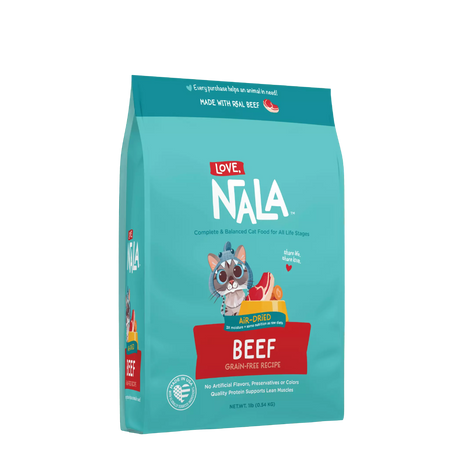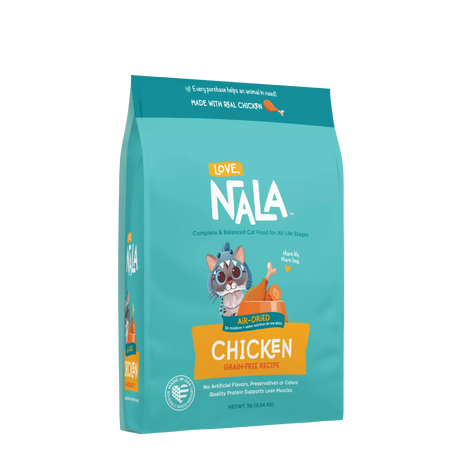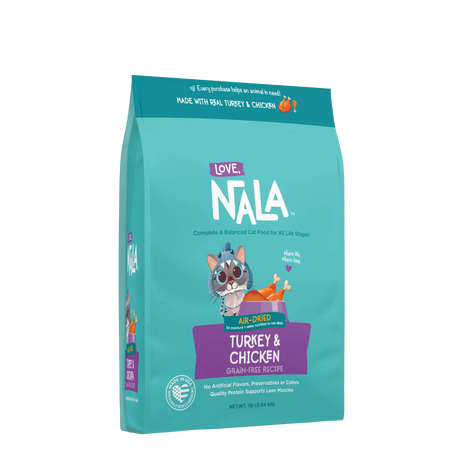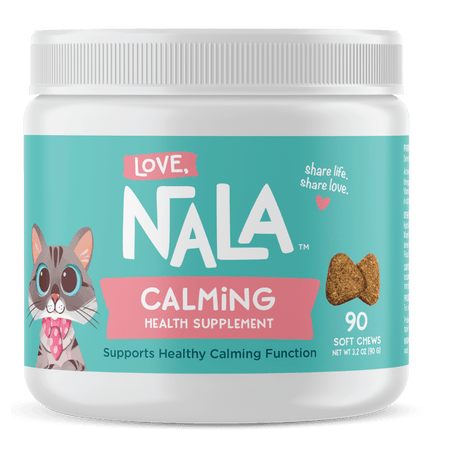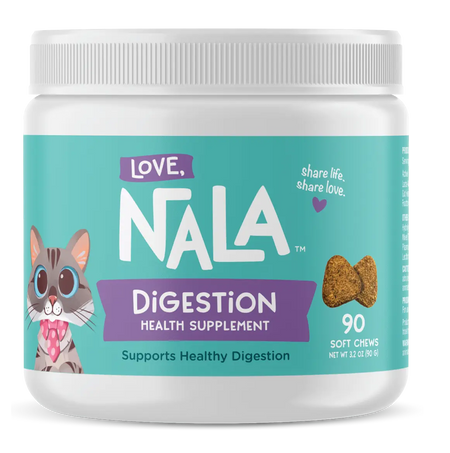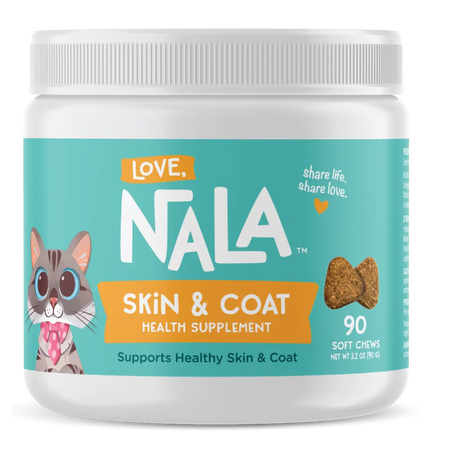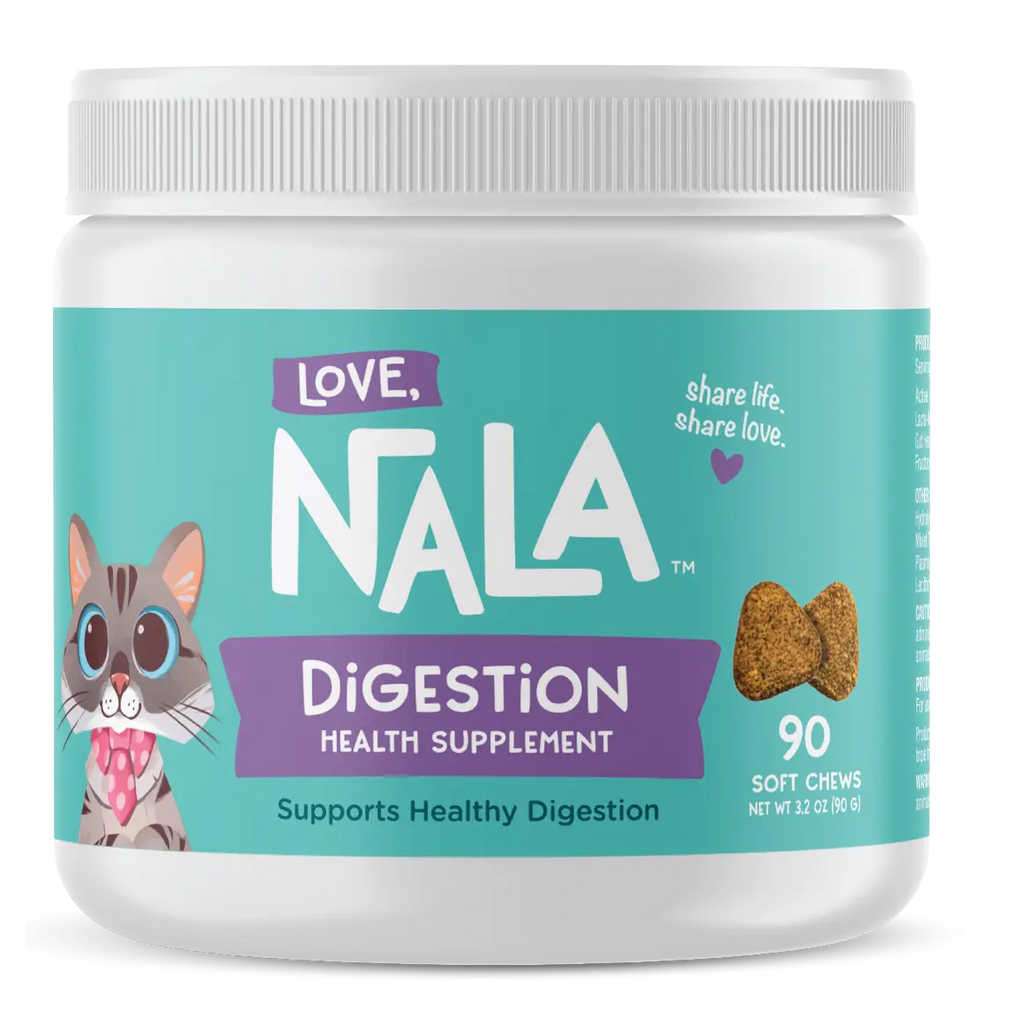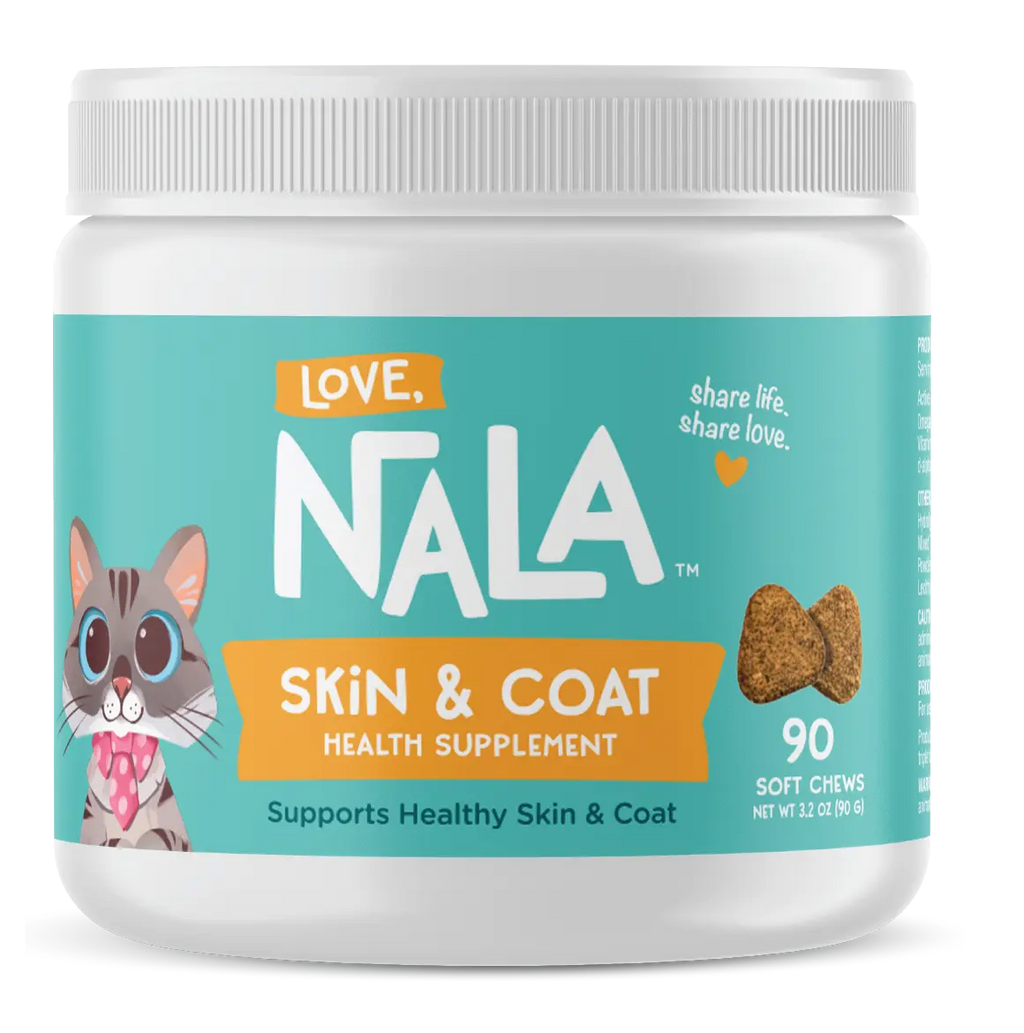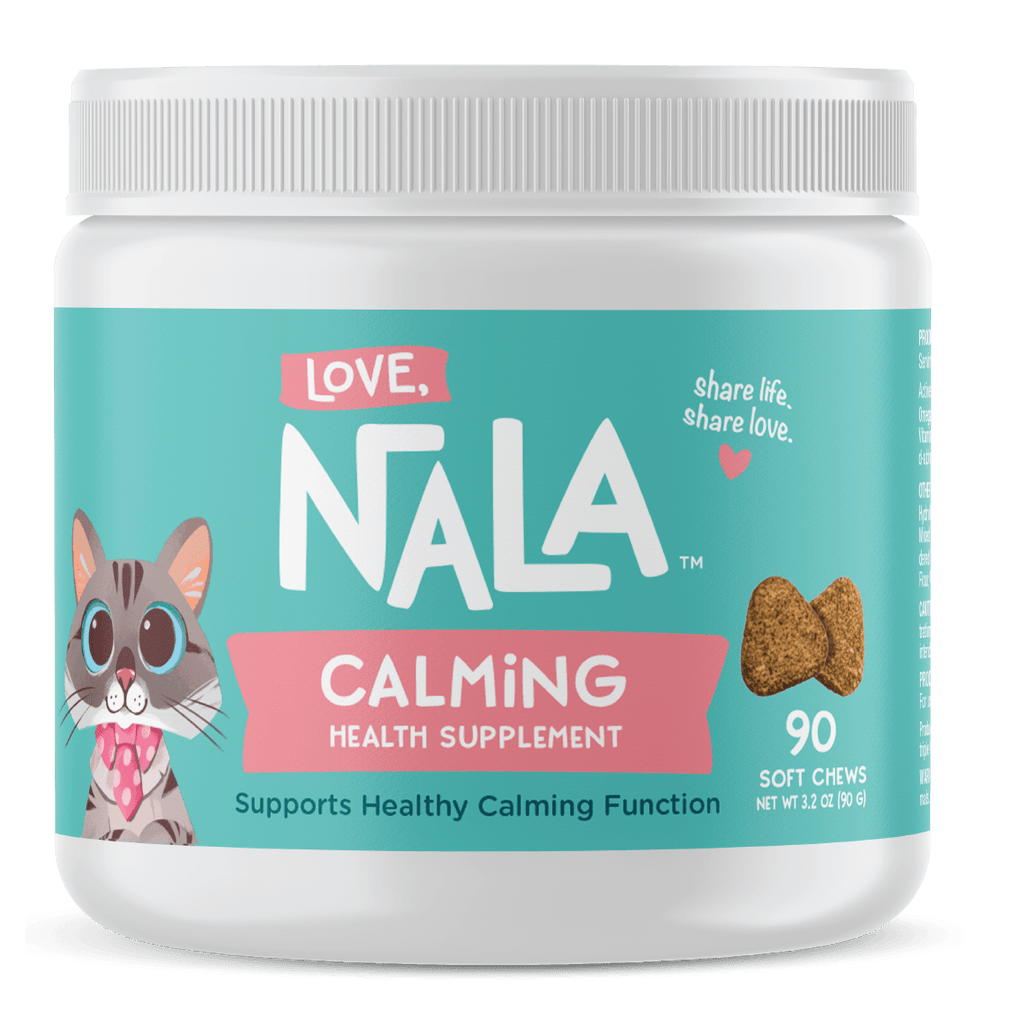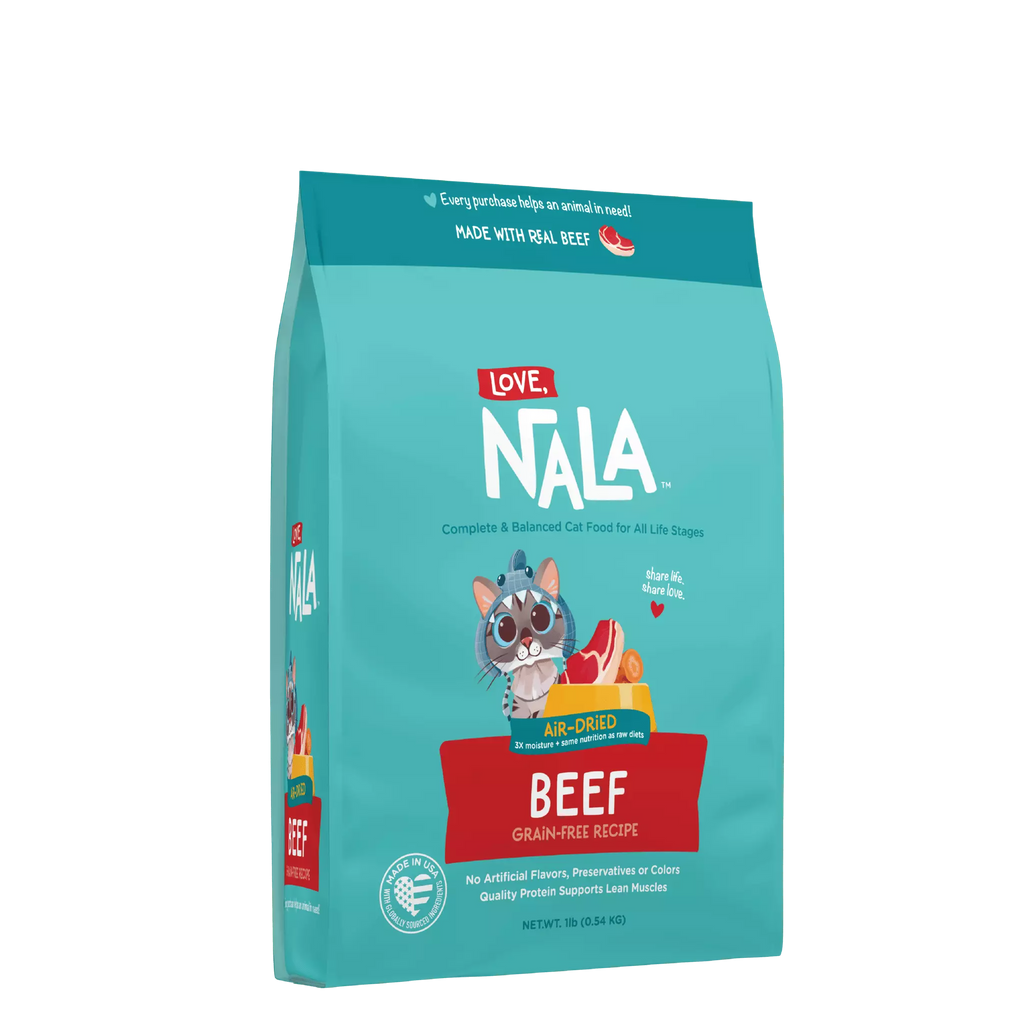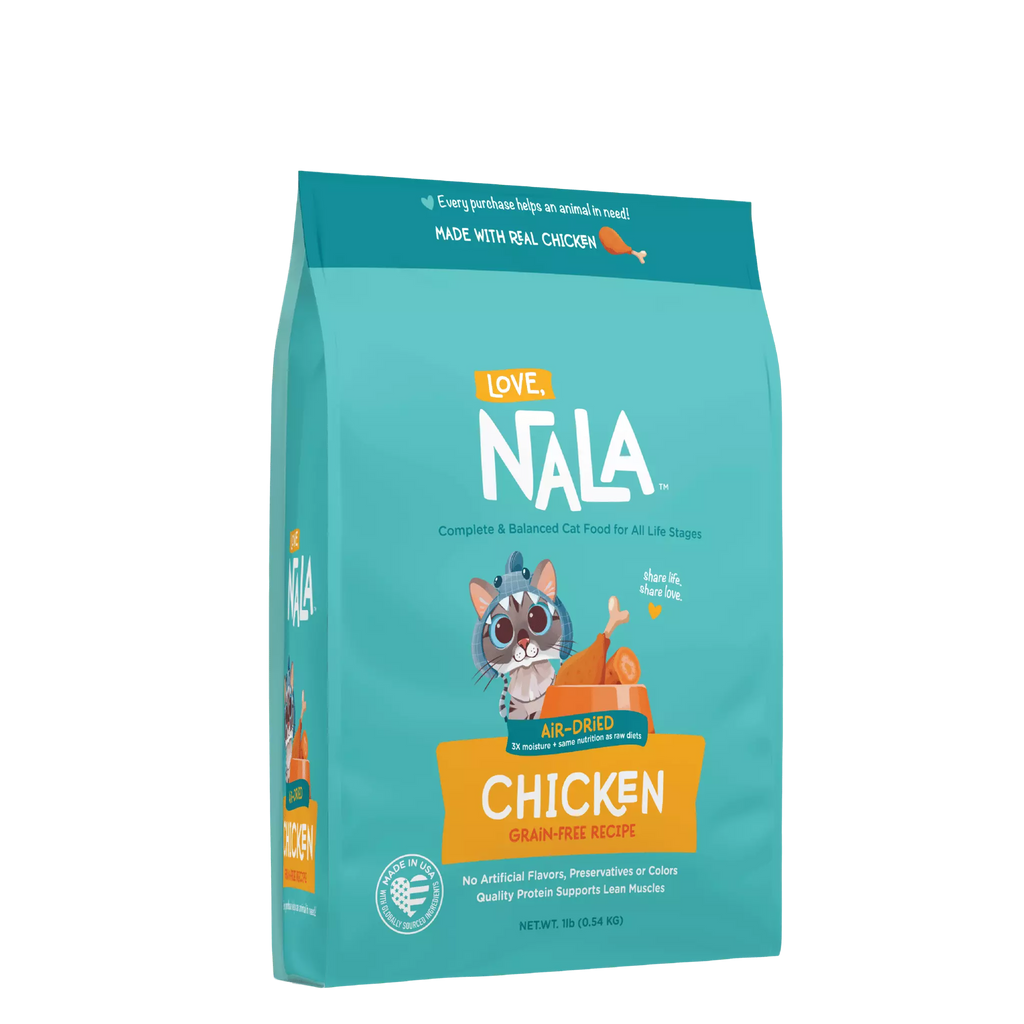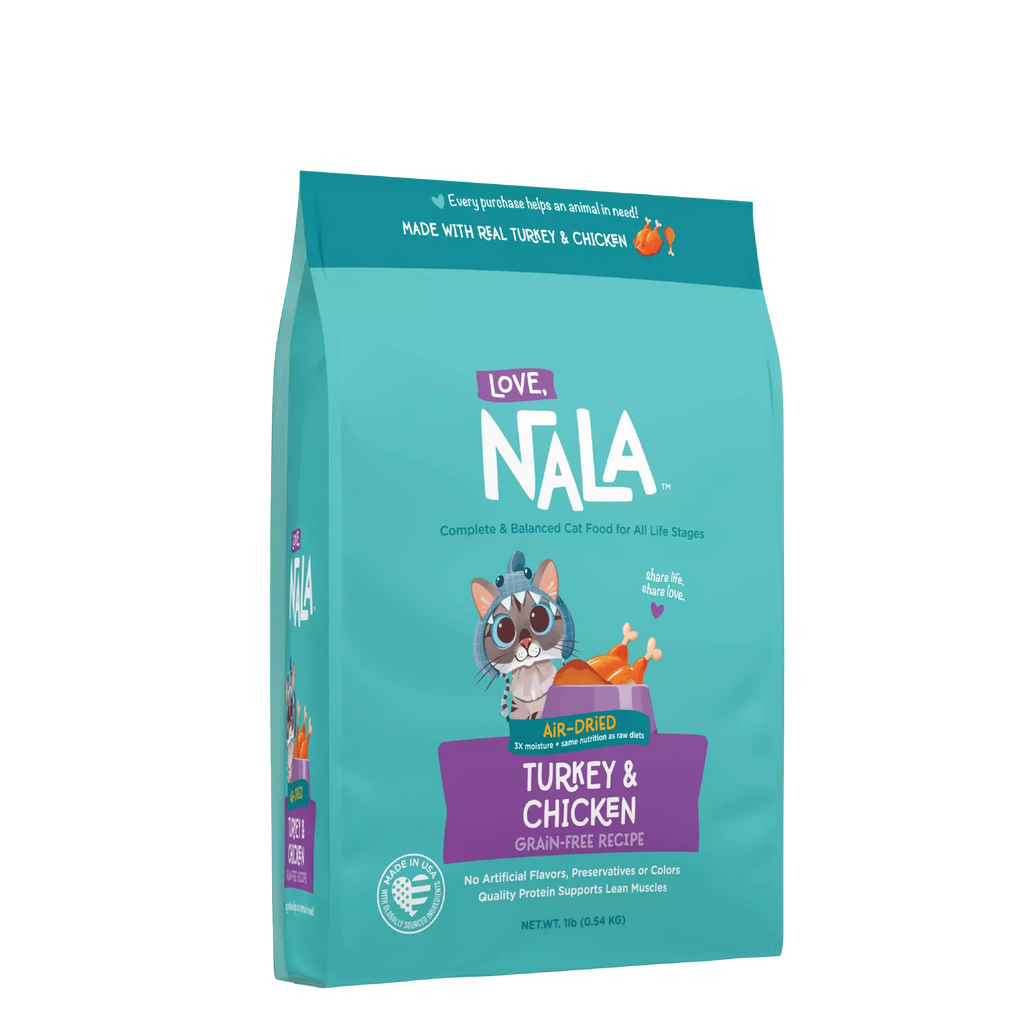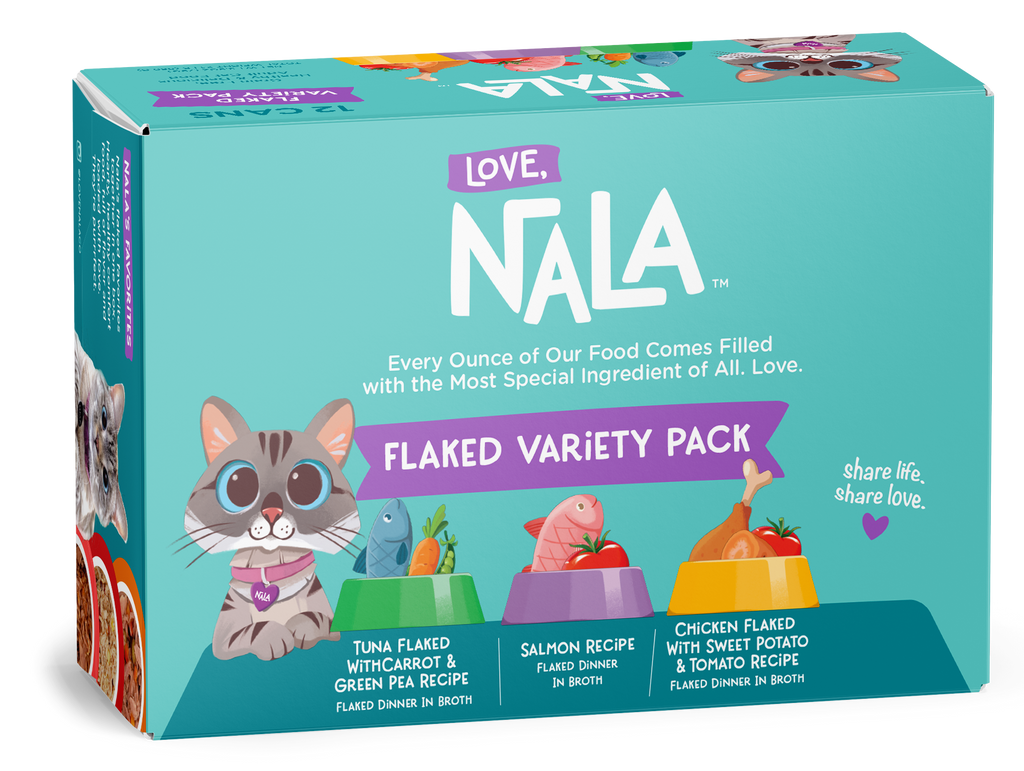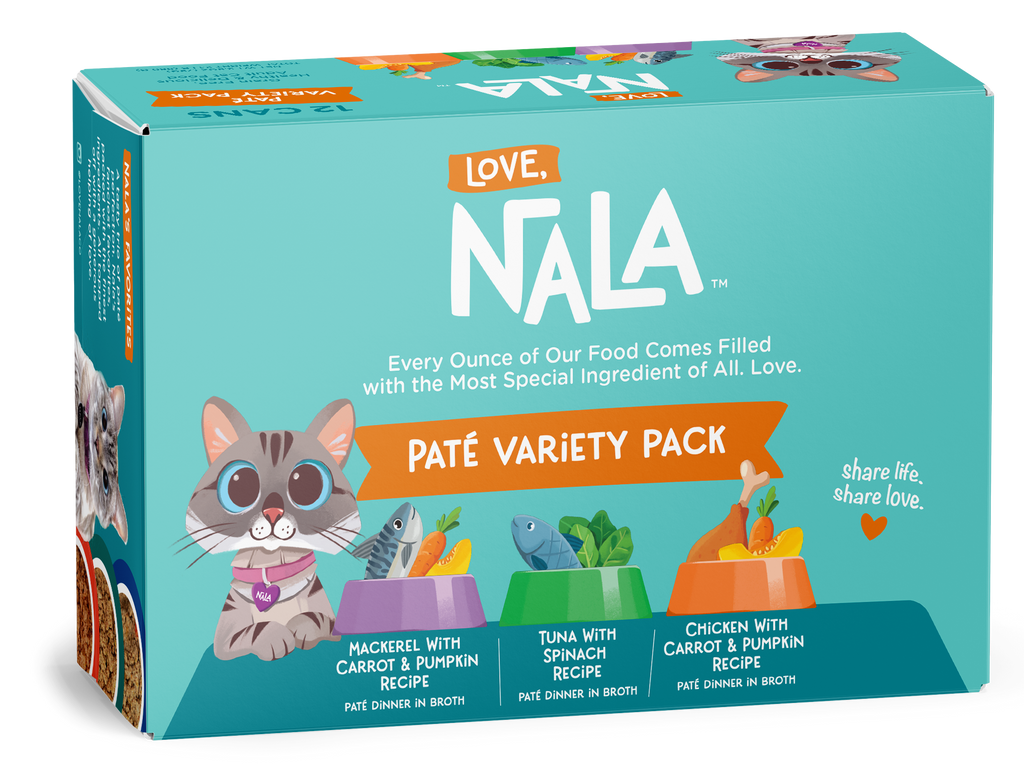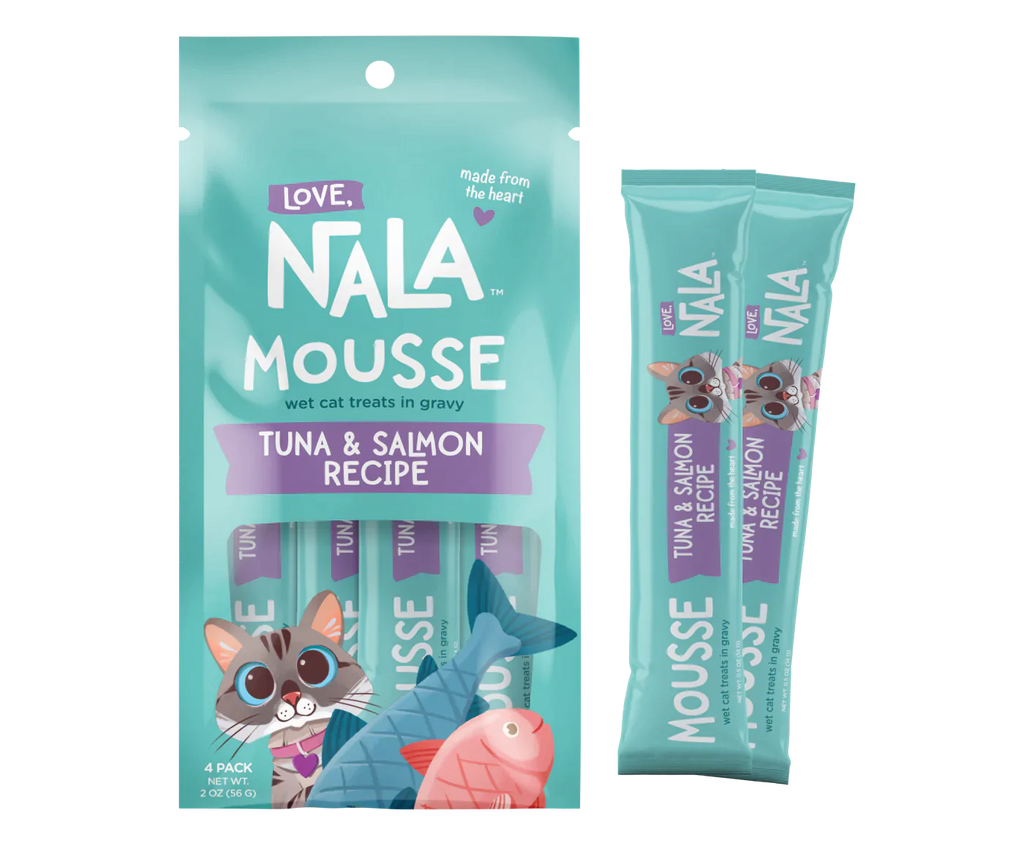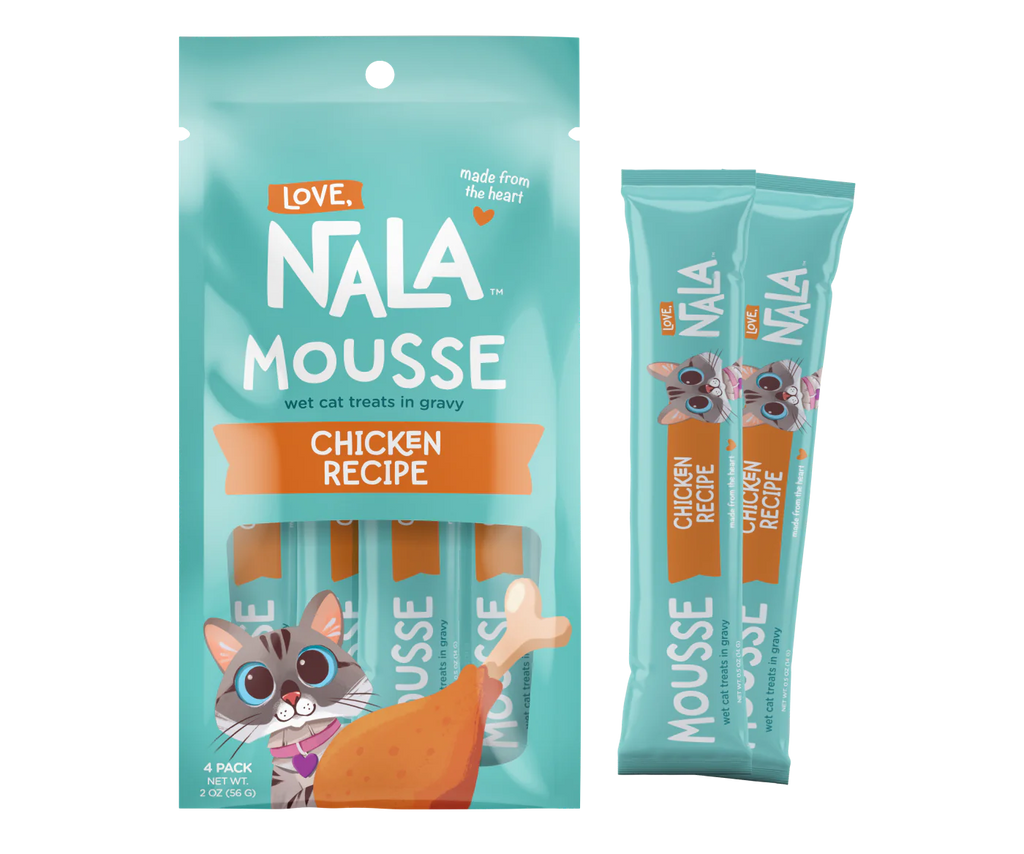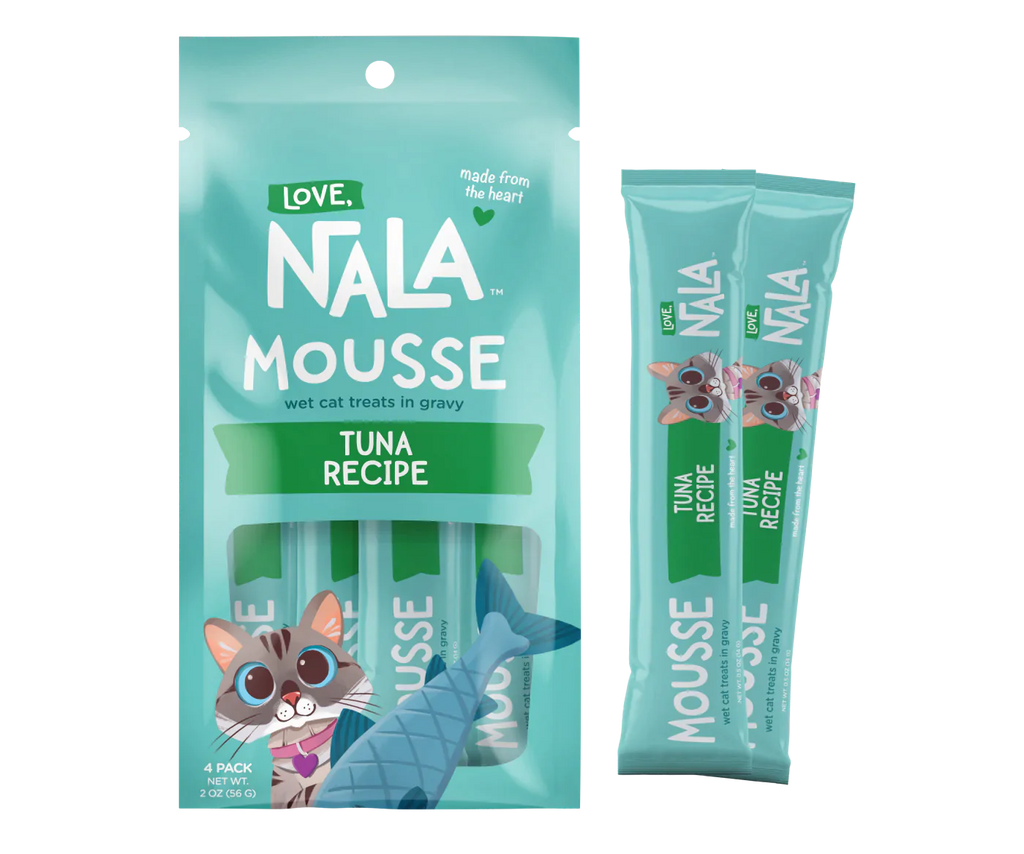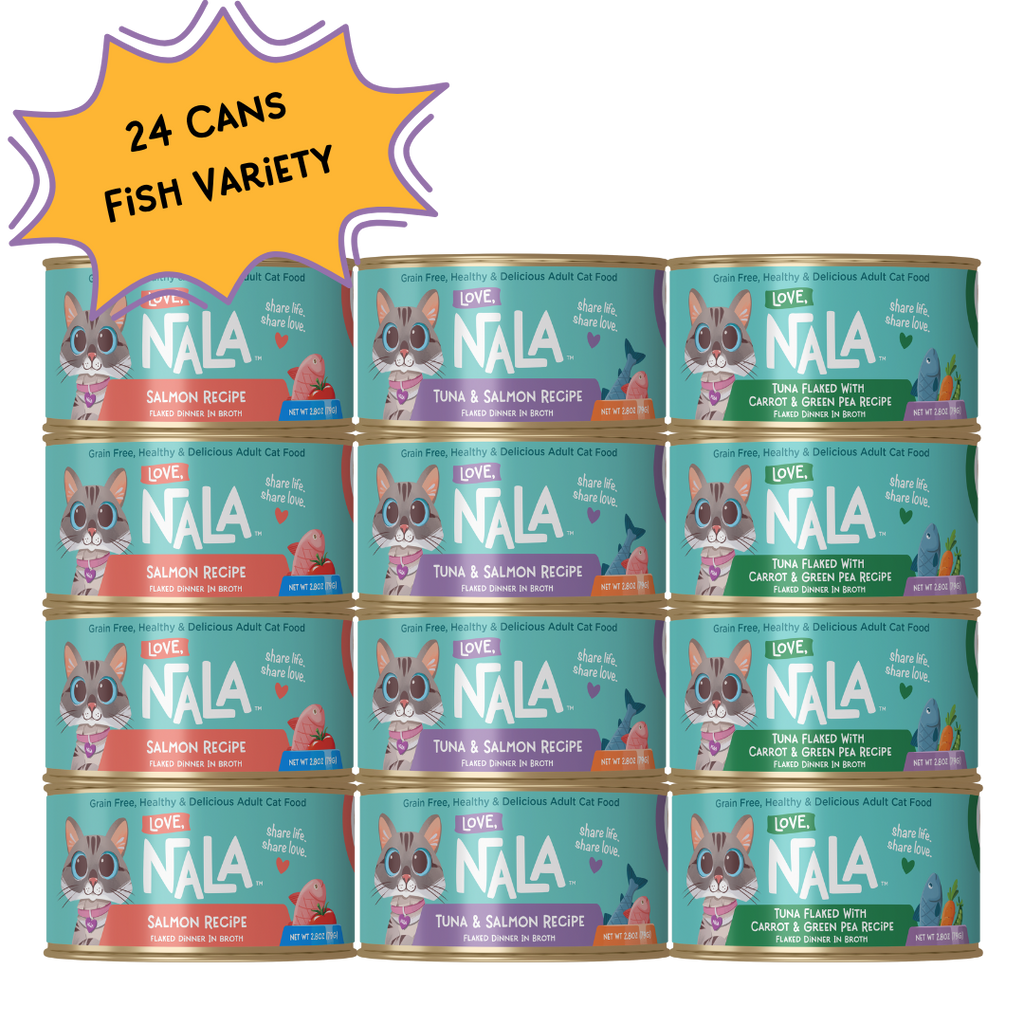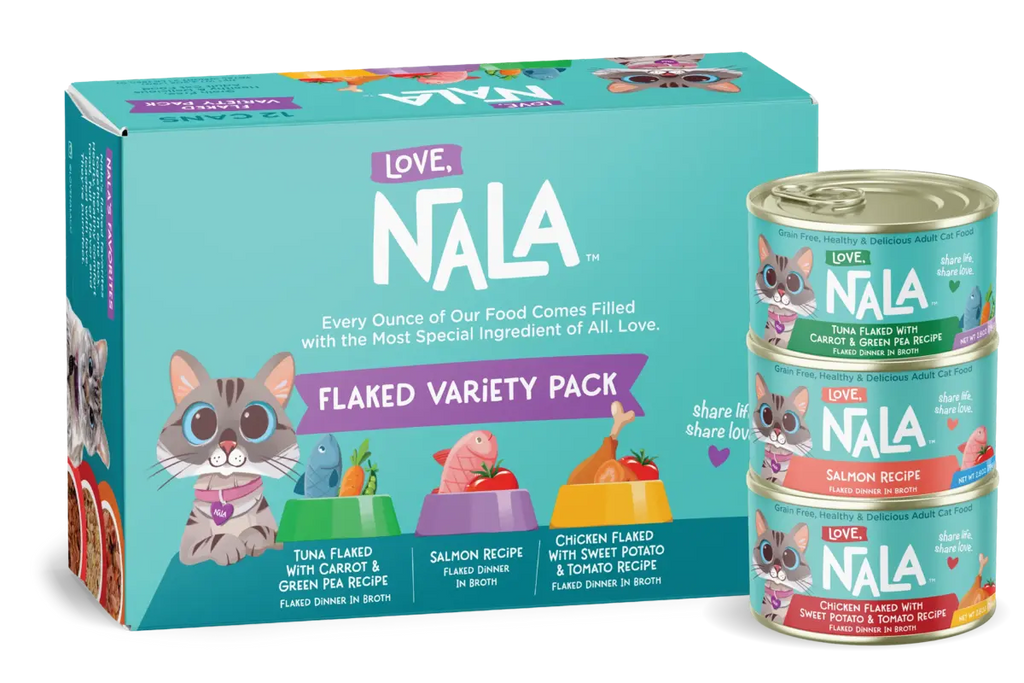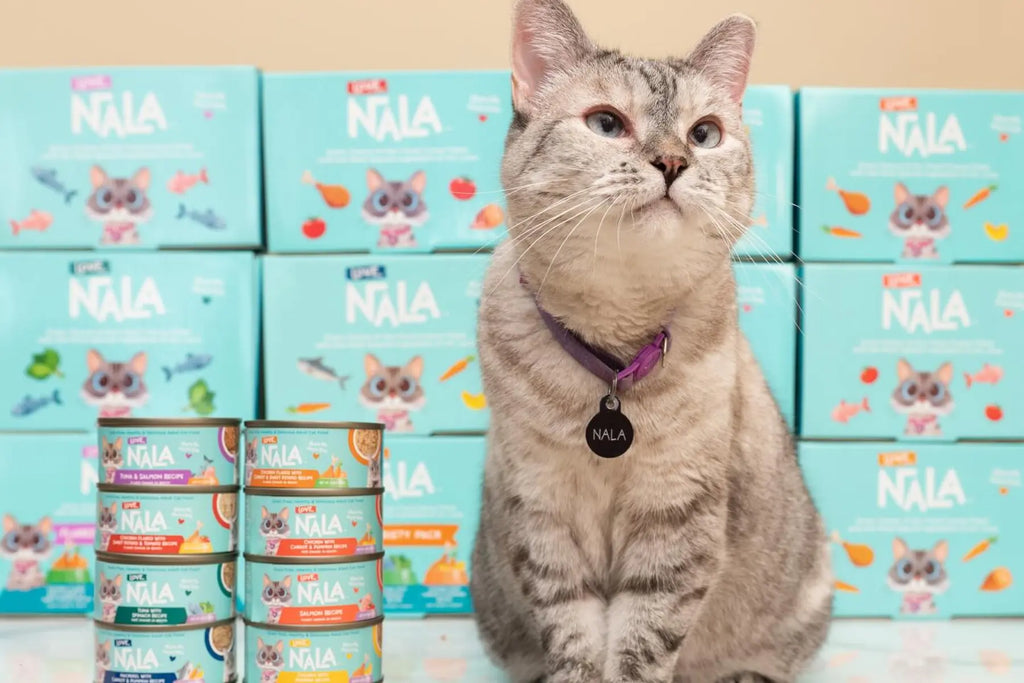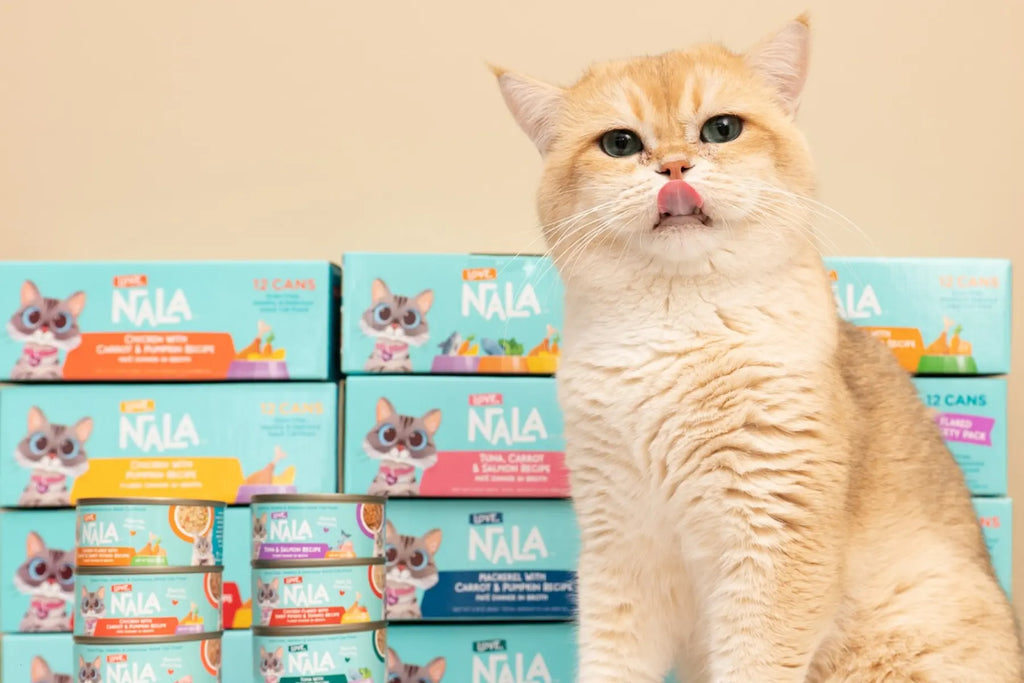Wet cat food isn’t just a treat for your cat; it’s a moisture-rich, nutrient-packed dietary option. The nutritional benefits of wet cat food are many, including higher protein levels and more essential nutrients in forms that are easier for your cat to digest. Unlike dry kibble, which is often loaded with carbohydrates, wet food typically offers more meat and fewer fillers, aligning more closely with a cat’s natural carnivorous diet.
The idea of introducing a new type of food to your pet might seem daunting at first, especially if your cat has been used to the same dry food for a long time. However, with a little preparation and patience, the process can be smooth for both you and your pet. Begin by researching the types of wet food that might be best for your cat, considering age, activity level, and any specific health concerns.
Stay tuned for more detailed steps on how to make this transition a successful one for your feline friend!
Gradual Introduction to Wet Cat Food
Introducing your cat to wet food requires a careful and slow approach, especially if they have been exclusively eating dry kibble. Start by mixing wet food with their current diet in small amounts. This allows your cat to get accustomed to the new taste and texture without overwhelming them. The key is to gradually increase the wet food portion and decrease the dry food over time, which can help avoid digestive upset and rejection of the new food.
The shift to wet food should not happen overnight. Instead, focus on adjusting portions for gradual transition. You might begin with just a spoonful of wet food mixed into their usual dry food, slowly increasing the wet food amount every few days. Pay attention to your cat's appetite and acceptance of the new food, and don't rush the process. It's important that your cat feels comfortable at each stage of the transition.
As you introduce the new diet, it’s crucial to observe your cat's reaction to new food. Each cat is different, and while some may dive into their new diet with enthusiasm, others may be more hesitant. Watch for any signs of gastrointestinal distress such as diarrhea or vomiting, as well as changes in eating habits. If your cat is particularly resistant, they may need a slower transition to allow their palate and digestive system to adjust.
The complete switch to wet food can vary depending on the individual cat. A typical timeline for full transition can range from a few weeks to a couple of months. It’s essential not to rush this process. Let your cat set the pace, and use their behavior and health as a guide. A successful transition is one that maintains or improves your cat's health and vitality without causing stress or digestive issues.
Nutritional Advantages of Wet Cat Food
A significant advantage of wet cat food is its role in maintaining proper hydration. Cats are notorious for their low thirst drive, which means they do not drink enough water on their own. This lack of hydration can lead to urinary tract issues and kidney problems. Wet food naturally contains a high moisture content, often around 70-80%, which can significantly contribute to a cat's total water intake. Proper hydration supports kidney function and can prevent the formation of crystals in the urine, which can be a common health issue in cats. Additionally, the increased water content in wet food can help cats feel fuller without an excess of calories, which is particularly beneficial for weight management.
Cats require a diet high in protein, and wet cat food often provides this in a more concentrated form than dry food. The high protein content in wet cat food supports a range of bodily functions, including muscle maintenance, immune response, and skin and coat health. The protein in wet food is usually from real meat sources, such as chicken, fish, or beef, which is more in line with a cat's natural carnivorous diet. Additionally, the amino acids found in animal proteins are essential for cats, and wet food diets often provide these in optimal ratios. High-quality protein can also be instrumental in managing and preventing diseases, including diabetes and certain heart conditions, by supporting lean muscle mass and overall metabolic health.
When considering wet cat food vs dry food benefits, it's important to look at the nutritional content of each. Wet food typically has fewer carbohydrates and more animal-based proteins, which is ideal for a cat's digestive system. Carbohydrates are not a natural part of a feline’s diet, and some cats may develop sensitivities or allergies to the grains and fillers commonly found in dry food. Moreover, the preservatives necessary to keep dry food shelf-stable can sometimes lead to digestive and health issues, whereas wet food is often preserved naturally through the canning process.
Wet cat food can be particularly beneficial for felines with specific health needs. For instance, older cats with dental issues may find wet food easier to eat and digest. Cats with diabetes or those who are overweight may benefit from the lower carbohydrate content in wet food. Furthermore, for felines with kidney issues, the higher moisture content can aid in kidney function and health. It is always crucial to consult with a veterinarian to tailor the diet to your cat's particular health requirements, as they can recommend specific types of wet food designed to support those needs.
Tips for Enticing Picky Eaters
Cats have a sharp sense of smell, and warming up their food can make it more aromatic and appealing. This is especially true for enticing picky eaters with wet cat food. Warming the food to just above room temperature can enhance its scent, which is likely to attract your cat to investigate and try the new food. It's important, however, to ensure that the food is not hot to avoid any risk of burning your cat's mouth. Warming can be easily done by placing the wet food in a microwave-safe dish and heating it for a few seconds.
For those particularly selective felines, adding natural flavor enhancers can make a big difference. Adding flavor enhancers like tuna water, or the liquid from a can of unsalted sardines, can make the wet food irresistible to your cat. These liquids carry a strong scent and flavor that many cats find appealing. It's a natural and safe way to encourage your cat to try and eventually enjoy wet food. Just be cautious with the quantity to avoid overwhelming their system with too much fish, which can lead to dietary imbalances.
The variety of textures and flavors in wet cat food can be quite vast. Choosing appealing textures and flavors is crucial since some cats may prefer pâté-style foods, while others might favor chunks in gravy. There are also various flavors available, from chicken and turkey to salmon and tuna. Experimenting with these can help you discover your cat's preferences, which is particularly useful for transitioning a picky eater. Remember to introduce new options slowly to avoid upsetting their stomach.
The environment in which you feed your cat can significantly impact their willingness to try new foods. Creating a positive feeding experience involves making sure the feeding area is quiet, safe, and free from stressors. Cats can be territorial about their eating spaces, so ensure that your cat has a dedicated spot that's not trespassed upon by other pets or family members. Consistency in feeding times, as well as a clean feeding area, also contributes to a more comfortable and welcoming dining experience for your cat.
Monitoring Health and Adjustments Post-Transition
Once your cat has fully transitioned to a wet food diet, it's essential to monitor their overall well-being, starting with their energy levels and weight. A well-balanced wet food diet can lead to a more lively and active cat due to better hydration and higher-quality protein. However, it's also important to ensure they are not gaining or losing weight too rapidly. A sudden change in weight can indicate that the portion sizes may need adjusting, or that there is a health issue that needs to be addressed. Keeping a weekly log of your cat's weight and activity can help you track their progress and make necessary dietary adjustments.
Transitioning to wet food often results in noticeable improvements in a cat’s coat and digestive health. You may observe a shinier and softer coat, which is a sign of improved nutrition and hydration. Additionally, the high moisture content of wet food can aid in smoother digestion, resulting in fewer hairballs and more regular bowel movements. Monitoring your cat's litter box, as well as the appearance of their fur, can give you insights into the positive impact the new diet is having. Any significant changes, for instance, in the frequency or consistency of their stools, should be discussed with a veterinarian.
The caloric content of wet food can differ significantly from that of dry food, which means you might need to adjust portion sizes to meet your cat's specific caloric needs. This is especially true for cats with varying levels of activity or those with special dietary requirements. It's important to measure the food accurately and follow feeding guidelines provided by the wet food manufacturer, which can be adjusted based on your observations and veterinary advice. If your cat seems less interested in food or is leaving food behind, it could signal that you're offering too much.
It's advisable to consult a veterinarian before and after transitioning to wet cat food to ensure it aligns with your cat's health needs. If you notice any adverse reactions during or after the transition, such as persistent gastrointestinal issues or changes in behavior, it's crucial to seek professional advice. A veterinarian can help determine if these changes are part of the normal adjustment period or if they signal something more serious. Regular check-ups will also help monitor how the new diet is affecting your cat's health and whether any further dietary adjustments are needed.
After successfully transitioning your feline to healthier wet cat food, it's time to embrace and recognize the long-term health benefits. With your cat now regularly consuming a diet rich in moisture and protein, you should see sustained health benefits. These can include better hydration, a reduction in obesity risk due to lower carbohydrate intake, and the potential for improved urinary tract health. It's gratifying to see your pet thrive on a diet that is closer to what their physiology demands. As you reflect on this journey, remember that the initial effort of transitioning foods can lead to a happier, healthier companion for years to come.
Completing a dietary transition is an achievement worth celebrating. Not only have you taken significant steps to improve your cat's health, but you've also deepened the bond between you and your pet through attentive care during this change. Monitoring health on a wet cat food diet is an ongoing process, and as you continue to observe your cat, you'll learn even more about their individual needs and preferences. Whether it's noticing their more energetic play or their luxurious, glossy coat, the positive changes can be a source of joy and satisfaction for any devoted cat owner. Your diligence and commitment to providing the best for your feline friend have set the stage for a robust and fulfilling life.
